Vegetables are among the healthiest foods because they are rich in fiber, vitamins and minerals.
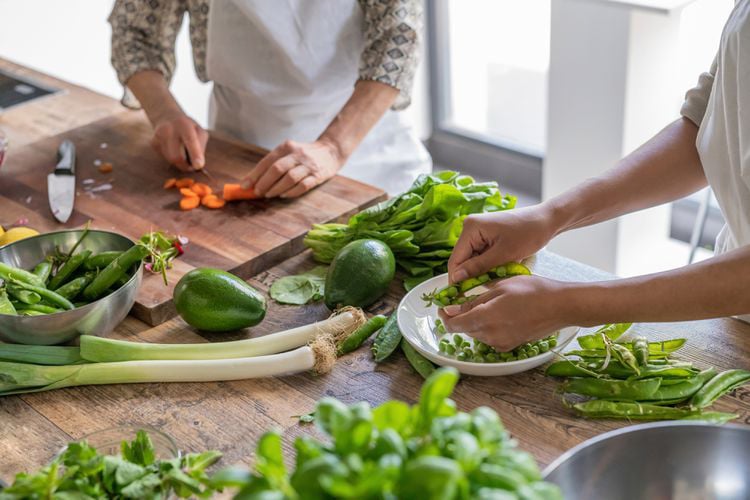
Eating vegetables is important, but how you prepare them is just as important - Photo: GARAGE ISLAND CREW / STOCKSY
According to Health, eating vegetables is important, but how you prepare them is just as important. Methods like boiling can destroy water-soluble nutrients, while methods like steaming can help preserve more vitamins and plant compounds.
Steaming can preserve the nutrition of vegetables.
Steaming is a cooking method that uses hot steam from boiling water to cook food. As the water continues to boil, the steam rises, transferring heat to the food above and cooking it.
There are many ways to steam food, but the most common is to use steamer baskets – perforated metal baskets that hold food above boiling water. Because steaming does not immerse food in water, less nutrients are lost.
Boiling vegetables can cause water-soluble nutrients, such as vitamin C, to leach into the water during cooking, reducing their nutritional content. Research shows that steamed vegetables have higher levels of certain vitamins and plant compounds, including vitamin C, beta-carotene, and flavonoid antioxidants, than boiled vegetables.
A recent study analyzing the effects of steaming, boiling, and microwaving on various vegetables found that, with the exception of carrots, steamed vegetables had a significant increase in beta-carotene and retained the most flavonoid antioxidants.
Although steaming also causes some loss of vitamin C, it is still a better option than boiling. One study found that after 5 minutes of steaming vegetables, vitamin C loss was 14.3-8.6%, while boiling caused a loss of 40.4-54.6%.
Boiling usually loses more nutrients than steaming because the food is completely immersed in water.
Water-soluble nutrients and plant compounds such as vitamin C and beta-carotene leach into the water, reducing nutritional content.
Research shows that cooking methods that expose plants to high temperatures or in water for long periods of time, such as boiling, cause the greatest nutritional losses.
Flavor factors of vegetables
Boiled vegetables are often softer and less crunchy than steamed vegetables, since steaming does not involve soaking them in water. Steamed vegetables also tend to have brighter colors and retain more flavor than boiled vegetables.
One small study found that, when comparing flavor, appearance, texture, and overall acceptability, steaming in general and microwave steaming were rated significantly higher than boiling for vegetables such as broccoli.
Steaming is one of the best ways to preserve the nutrients and flavor of vegetables, but it is important not to overcook or undercook them. When steaming vegetables, you can test for doneness with a fork or toothpick during the cooking process to ensure the vegetables are as done as you like.
How to prepare delicious vegetables?
Suitable steaming times for some common vegetables are 5 minutes for broccoli, 5-6 minutes for cauliflower, 4-5 minutes for green beans, 3 minutes for spinach or peas, 15-20 minutes for small potatoes and 4-6 minutes for asparagus.
Whether you choose to boil, steam, roast, or stir-fry, season vegetables with fresh herbs, spices, and lemon juice to reduce salt intake. Add a source of fat to vegetables to increase the absorption of some plant compounds. For example, drizzle cooked vegetables with olive oil.
Source: https://tuoitre.vn/nen-hap-hay-luoc-rau-cu-20241211185655992.htm


![[Photo] Unique architecture of the deepest metro station in France](https://vphoto.vietnam.vn/thumb/1200x675/vietnam/resource/IMAGE/2025/11/14/1763107592365_ga-sau-nhat-nuoc-phap-duy-1-6403-jpg.webp)

![[Photo] Unique art of painting Tuong masks](https://vphoto.vietnam.vn/thumb/1200x675/vietnam/resource/IMAGE/2025/11/14/1763094089301_ndo_br_1-jpg.webp)





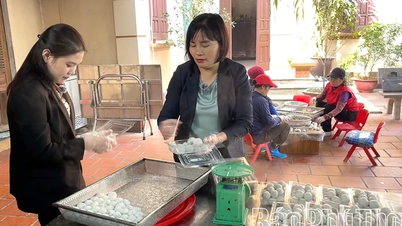

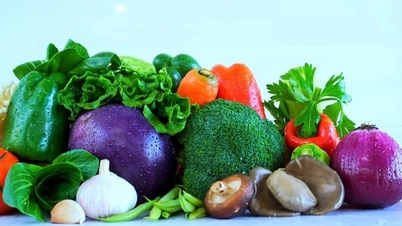




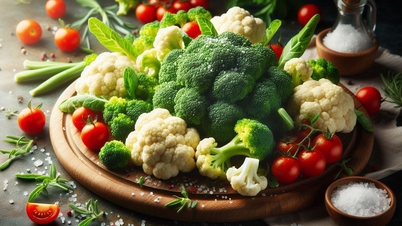
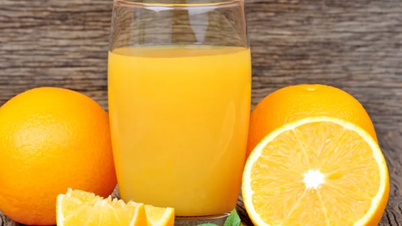




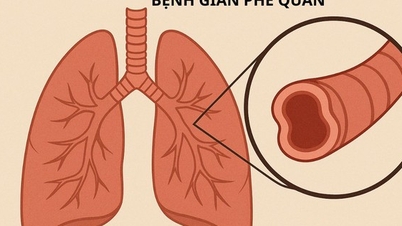













![[Photo] Special class in Tra Linh](https://vphoto.vietnam.vn/thumb/1200x675/vietnam/resource/IMAGE/2025/11/14/1763078485441_ndo_br_lop-hoc-7-jpg.webp)















































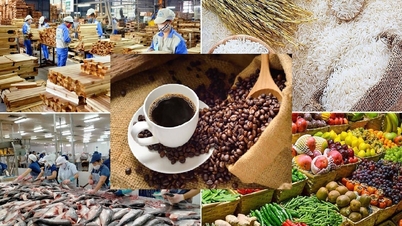
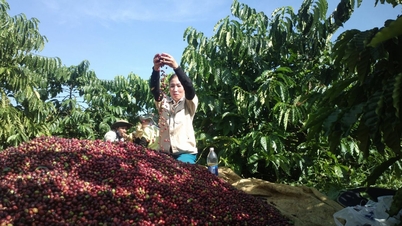

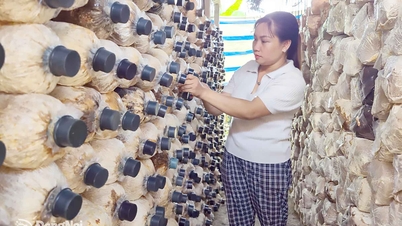










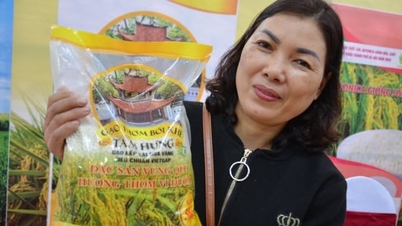
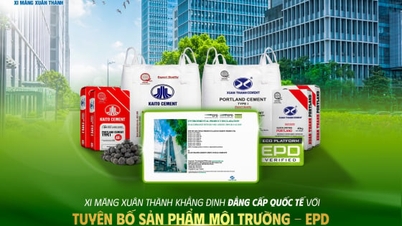








Comment (0)